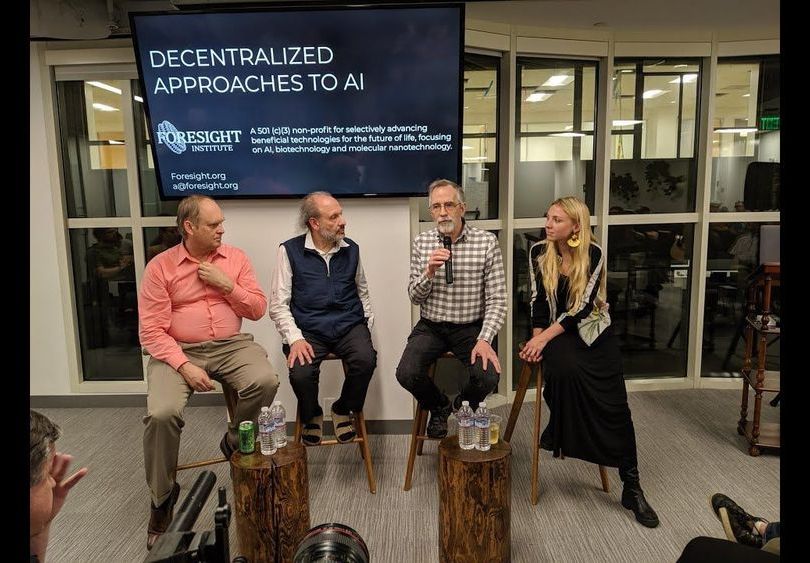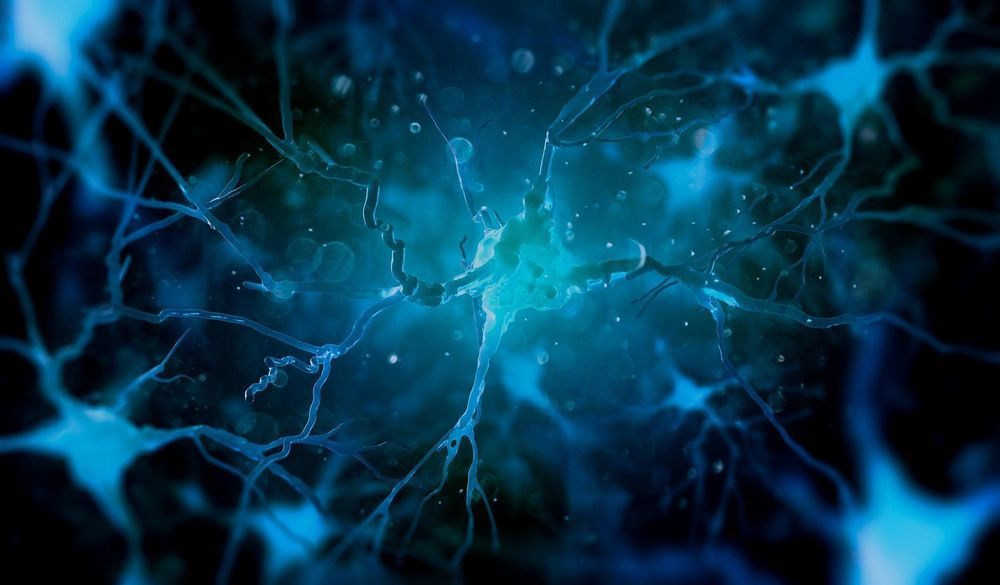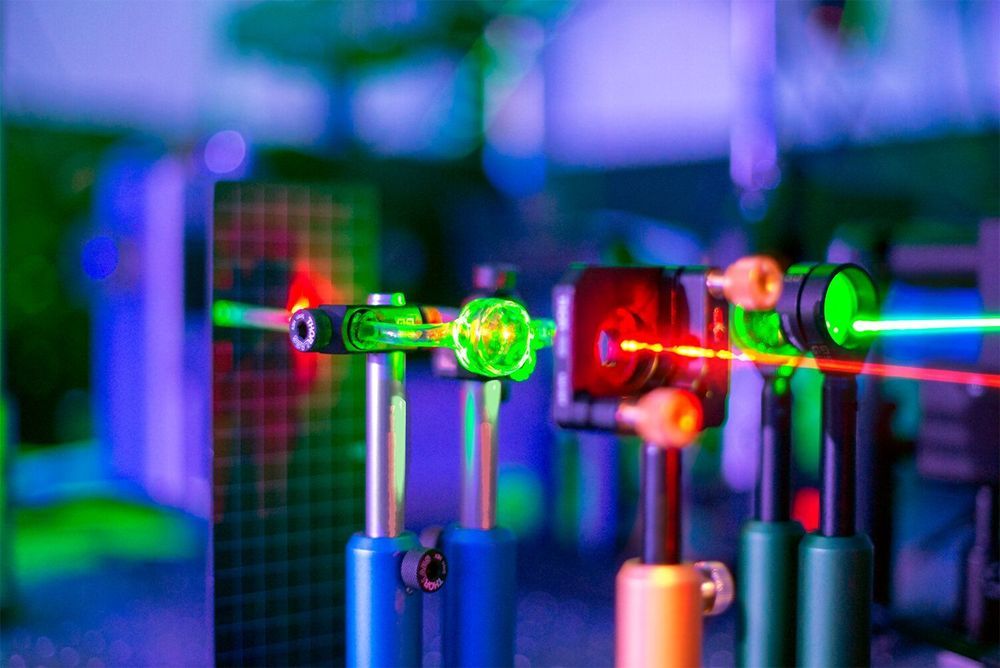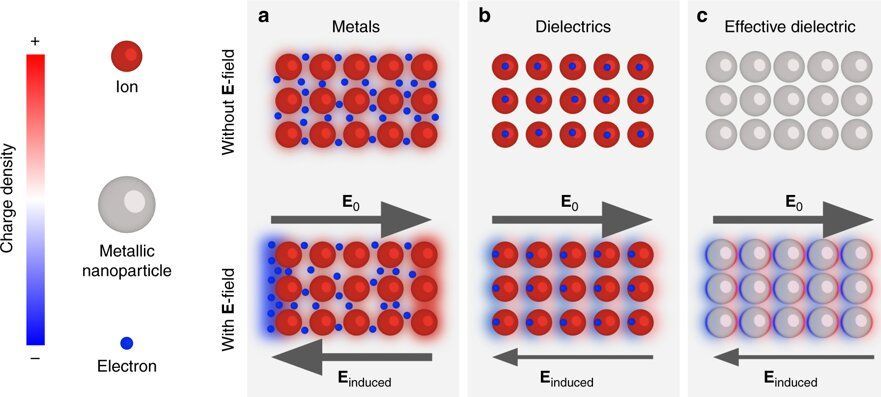May 31, 2019
E. Drexler, M. Miller, R. Hanson: Decentralized Approaches to AI Panel
Posted by Paul Battista in categories: alien life, economics, governance, nanotechnology, policy, robotics/AI
Extremely happy to be able to already share with you the two videos from our last salon🚀! We gathered not one but three individuals who have been pre-eminent luminaries in their fields for 30 years to discuss their alternative approaches to the current AI paradigm: Kim Eric Drexler, Robin Hanson, and Mark S. Miller.
Allison Duettmann (Foresight Institute) discusses alternative approaches to the current AI paradigm with three individuals who have been pre-eminent luminaries in their fields for 30 years: Eric Drexler, Robin Hanson, and Mark S. Miller.
Continue reading “E. Drexler, M. Miller, R. Hanson: Decentralized Approaches to AI Panel” »

















